1794 Sense of place and self
Remnants: Reveries of a Mountain Dweller
by Natalie Lang
Qualicum Beach: Caitlin Press, 2023
$26.00 / 9781773861043
Reviewed by Paul Falardeau
*
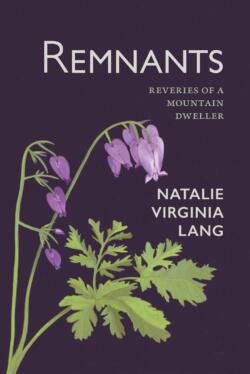 Natalie Virginia Lang is a promising new writer from British Columbia’s Fraser Valley, where she lives in a reclaimed loft on her family’s property on Sumas Mountain. It is from this home base that most of Remnants unfurls as Lang ambles about her slice of paradise, musing to the rocks, trees and numerous creatures that call them home. In this sense, this charming debut calls to mind the works of Han Shan and Kamo no Chomei, the wild mountain poets of China and Japan or, more recently, the radical eco-poetry of Gary Snyder and the big picture essays of Aldo Leopold. It’s also quite clear that Lang invokes Emily Dickinson as a muse, whom she quotes throughout the book. In short, Remnants is a wonderful, reflective book that is sure to please readers and leave them wanting more of Lang’s relatable writing.
Natalie Virginia Lang is a promising new writer from British Columbia’s Fraser Valley, where she lives in a reclaimed loft on her family’s property on Sumas Mountain. It is from this home base that most of Remnants unfurls as Lang ambles about her slice of paradise, musing to the rocks, trees and numerous creatures that call them home. In this sense, this charming debut calls to mind the works of Han Shan and Kamo no Chomei, the wild mountain poets of China and Japan or, more recently, the radical eco-poetry of Gary Snyder and the big picture essays of Aldo Leopold. It’s also quite clear that Lang invokes Emily Dickinson as a muse, whom she quotes throughout the book. In short, Remnants is a wonderful, reflective book that is sure to please readers and leave them wanting more of Lang’s relatable writing.
Remnants is a series of short prose essays that chronicle a year living on Sumas Mountain. That year is 2021, and the world offers a lot of distractions, but the heart of the book revolves around Lang’s connection to place. The woods and streams of her home offer many opportunities for wonder, questions about life and, sometimes, answers. The book is broken down into four sections representing the seasons. Having the book broken down into sections provides some order to her thoughts, and affords the reader the opportunity to enjoy the book in small sessions. Though the work is effortlessly readable, I found myself enjoying the small, thoughtful vignettes, and the natural places to pause so I could emulate the author’s pacing, by stopping to soak in what I had just read. Lang also builds to this with her clean prose and conversational tone. Her words reflect the meditative rhythms of the worlds that she explores.
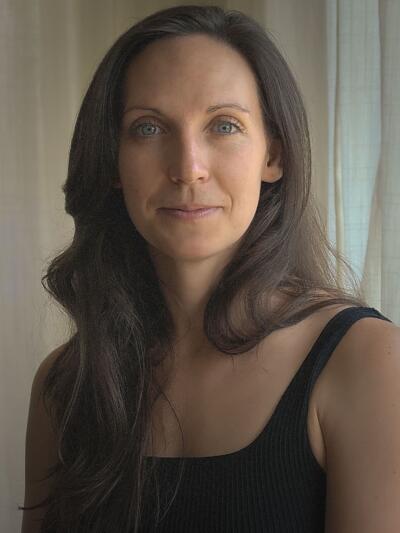
For Lang, nature is a place of rapture; of teaching and healing. She turns to it again and again through the seasons of her book and it continues to provide, whether in watching a spider in its web or returning barn swallows, dunking in mountain streams to escape the heat, or standing with neighbours amidst the diamond sparkle of fresh snowfall. These observations are often a small kernel of truth that are the impetus to unravel her thoughts around. For example, in a piece called, “Forest Bathing,” Lang ruminates as she soaks in her surroundings:
I am immovable like the stone on which I sit; I am part of the rock face witnessing the simple miracles that happen with each slight shift of the light. Then, a small stone is dislodged from the hillside to my right. It tumbles down, down down and splashes into the water below, dispersing the glowing orbs only momentarily. Like a memory, it gathers itself again once the waves settle; a single luminous body of glittering light, forever putting itself together again.
This is typical of Lang’s writing in Remnants. Her slow attention to detail lets her consciousness expand slowly in a circle around her. Likewise, she often contrasts an image of peacefulness with an image of destruction, a remembrance of injustice or of the many quagmires of the modern world. Indeed, it is because of her attention to duality, and the complex ecosystems of the human and natural worlds, that Lang’s book shines. What might have been a pleasant, but otherwise unremarkable book about nice things to see and do in the forest, is given depth because Lang knows that this is more than just an imagined utopia. The way she grounds beauty in reality underscores its preciousness.
“Sense of place,” then, is a central theme in Remnants. This means an awareness of one’s surroundings, which Lang espouses with her mindful observations, but it also comes down to how we show up in a place, what we change and how we are changed. Peaceful moments come with abrupt reminders that all do not have the same agenda, even in her forest paradise, dirt bikes and the nearby gravel mine are frequent disturbances, reminders of the harsh reality that is never far off. Yet Lang clearly takes pains to learn how to live harmoniously on Sumas Mountain, “aware of my presence as an interloper in such a complex ecosystem, much of which I am only beginning to understand, I feel the presence of the mountain. I know I am a burden, yet despite that I feel this place open up to me. Here, i feel welcome.” As a human, Lang recognizes the seemingly irreconcilable notion that we are both a part of, and apart from nature; that who we are is nebulous and never fixed in time.
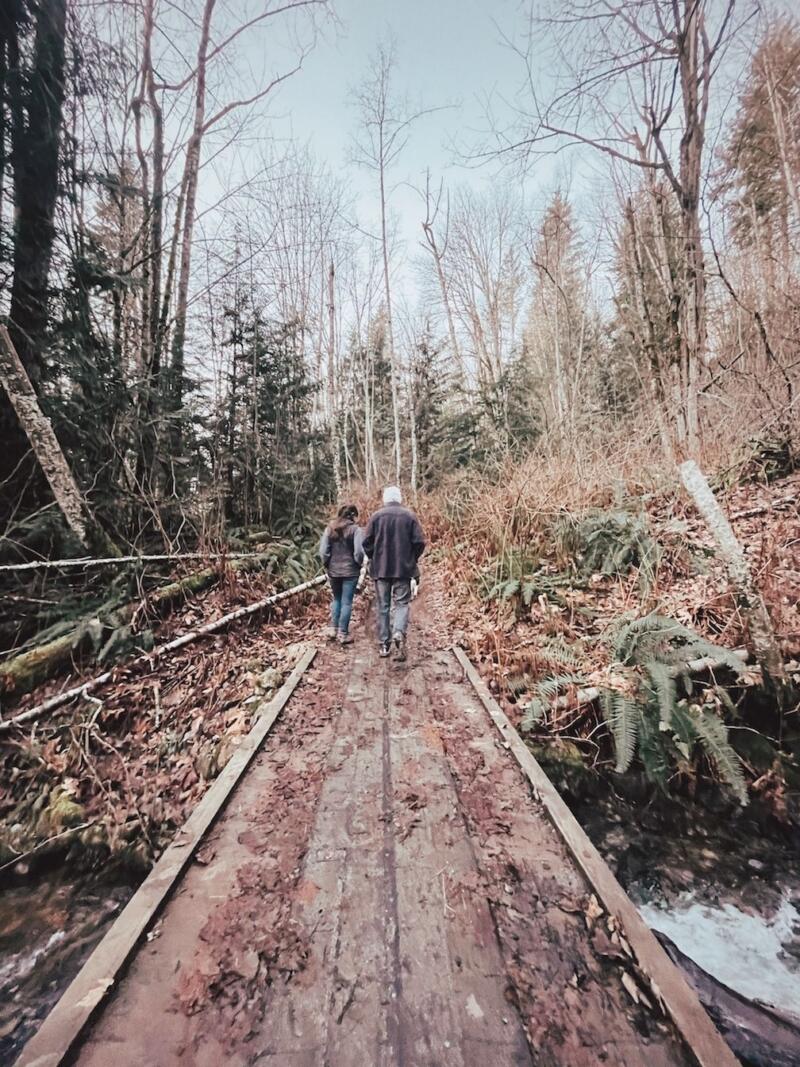
Not only is Lang aware of her complicated presence in the remaining natural places on the mountain, but of her family’s, and her own, part in the ongoing colonial history of the area. She frequently questions how her present fortune is tied up with continued mistreatment and displacement of Indigenous peoples. This comes in the form of an (actually) thoughtful land acknowledgement that opens the book, and broader explorations of Indigenous place names and languages around BC. More acutely, and critically, it comes in the tough question of what it means to be a land owner on stolen territory. Yet, rather than hide from discomfort, Lang embraces it, and works from within these contradictions. In a piece called “Belonging,” she traces the history of the ubiquitous – and invasive – Himalayan Blackberry. The plant has overwhelmed the native Trailing Blackberry in nearly all of its native habitats. “When I gaze into the Himalayan bush,” Lang admits, “I see myself gazing back, as if I’ve peered into some distorted mirror.” It’s something Lang can never shake throughout Remnants. “Although I was born in B.C.,” she later writes, “I am a product of colonizers. My connection with this land is tainted by the haunted past of land usurpers.” Like with all the contradictions in her book, Lang sits with these facts. They too are a part of the ecosystem of her mind, and like the many plants and animals of Sumas Mountain, each individual is necessary to achieve an understanding of the whole.
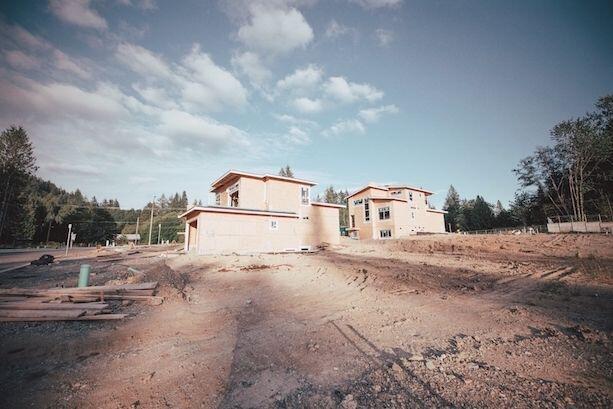
Colonizers brought many calamities to the Fraser Valley such as rampant deforestation, the draining of Sumas Lake for farmland, European illnesses and widespread displacement. These spectres that haunt Lang, but the present has its own share of grief to give too. The effects of climate change are felt throughout the book, as it chronicles the year of 2021. When the year begins, Lang and the world are already reeling from the Covid-19 pandemic and its many effects on daily life. As the year progresses, her home is subject to the record-breaking heat dome and forest fires burn across the province, seeing an enormous loss of animal and plant life, land and even the complete destruction of the town of Lytton, BC. In late Fall, the problem is compounded when the land, degraded by the fires and massive loss of standing trees is hit by a series of atmospheric rivers that cause widespread landslides, the destruction of many of the arterial roads between the coast and interior of the province, and devastating flooding. Perhaps no such flooding was as widely documented as those that engulfed the Sumas Prairie, at the foot of Lang’s mountain home, which became largely submerged by the surging waters. The cost of the flooding, both in terms of property, dollars, and lives is still being determined. Lang grapples with each disaster with a mix of confusion, anger and sorrow, but there is something else. Shortly after the flooding begins, she climbs to a place overlooking the deluge, “The view was one of misery, chaos, death and destruction – and as I caught a trumpeter swan in the binocular’s gaze gracefully land into the water, carving a wide V in its wake, I saw something close to beauty.” Amidst everything, Lang notes that the natural world is already reclaiming Sumas Lake, once drained in the name of progress, and now here again, if only for a short time.
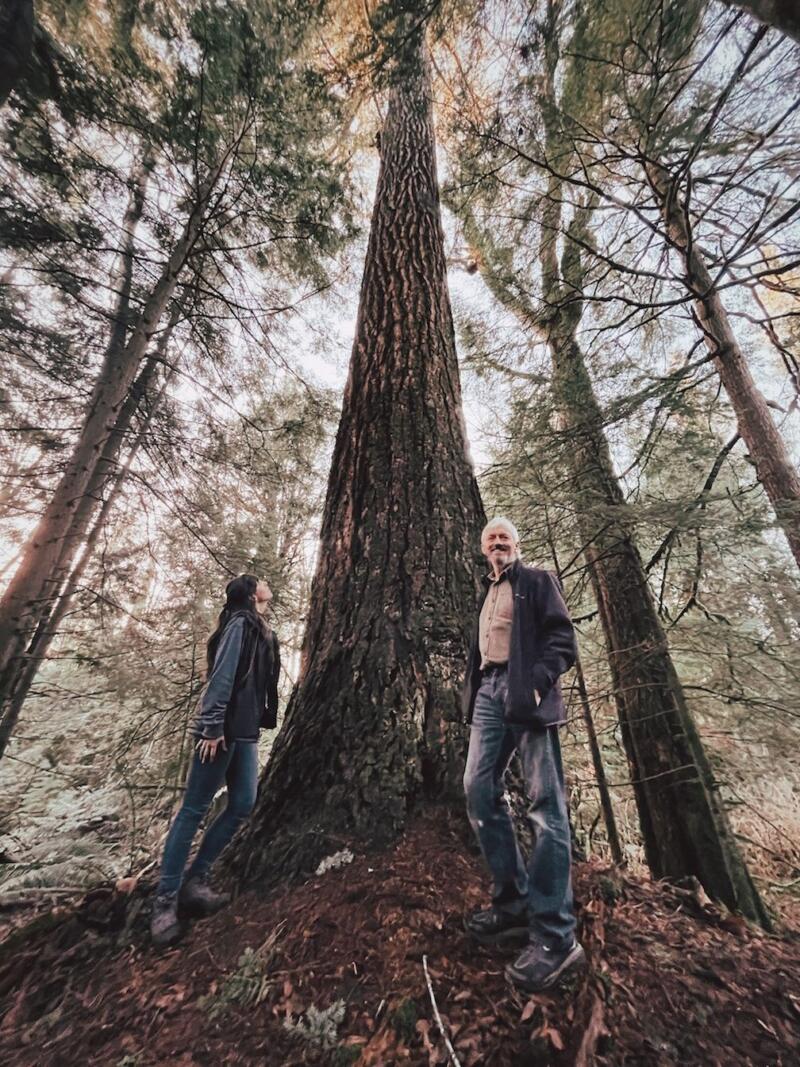
Ultimately, this clash of beauty and destruction drives Remnants. We see throughout her work, the beauty Lang sees everywhere, and increasingly we see the narrative that these special places, these remnants that allow us to see how things were and should be, are beleaguered on all sides. Already, Lang sees that these are places out of time, a time that is hers and not hers. She feels most at home in these remnants, yet she realises that it is a home that barely exists; that she cannot fully understand her place in. There is a bleakness to this, but these are places worth saving. The juxtaposition of beauty and destruction bears the strange fruit of hope. Even in our worst calamities, there is the swan on the lake, or fire weed growing back from scorched earth. “I am aware I am standing before the remnant of greatness in this place,” Lang finally concedes, “the keeper of a sense of time I cannot understand.”
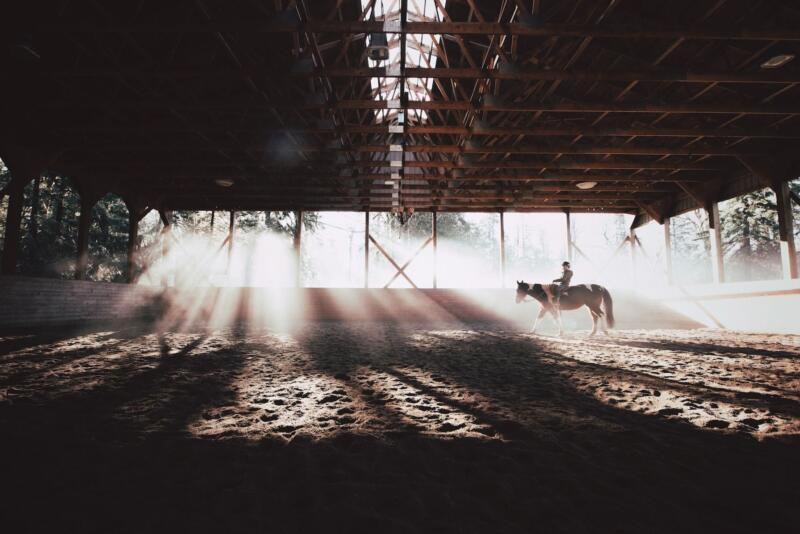
*
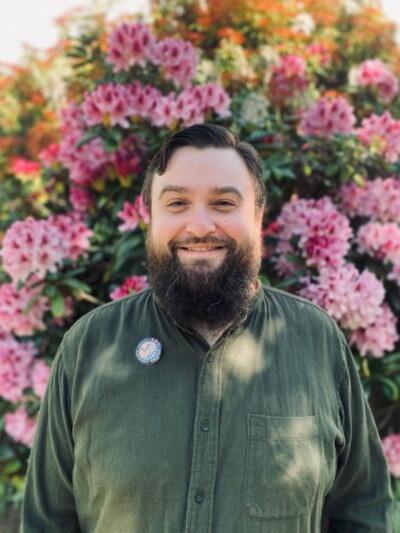
Paul Falardeau is a poet, essayist, brewer and most recently, an English teacher, living in Vancouver, a city on the unceded lands of the Musqueam, Squamish and Tsleil-Waututh First Nations, whom he offers respect and gratitude. He is a graduate of University of the Fraser Valley and Simon Fraser University. He has published in Pacific Rim Review of Books, subTerrain, and Cascadia Review, and he contributed an essay to Making Waves: Reading B.C. and Pacific Northwest Literature (Anvil Press, 2010). Editor’s note: Paul Falardeau has recently reviewed books by Richard Wagamese, Lydia Kwa, Sam Weibe, Yasuko Thanh, Richard Van Camp, and Michelle Sylliboy for The British Columbia Review.
*
The British Columbia Review
Interim Editors, 2023-24: Trevor Marc Hughes (non-fiction), Brett Josef Grubisic (fiction)
Publisher: Richard Mackie
Formerly The Ormsby Review, The British Columbia Review is an on-line book review and journal service for BC writers and readers. The Advisory Board consists of Jean Barman, Wade Davis, Robin Fisher, Barry Gough, Hugh Johnston, Kathy Mezei, Patricia Roy, Maria Tippett, and Graeme Wynn. Provincial Government Patron (since September 2018): Creative BC. Honorary Patron: Yosef Wosk. Scholarly Patron: SFU Graduate Liberal Studies.
“Only connect.” – E.M. Forster
6 comments on “1794 Sense of place and self”
Excited to grab a copy of this one!
Thank you for such a beautiful review. You have understood the message I hoped to send out into the world.